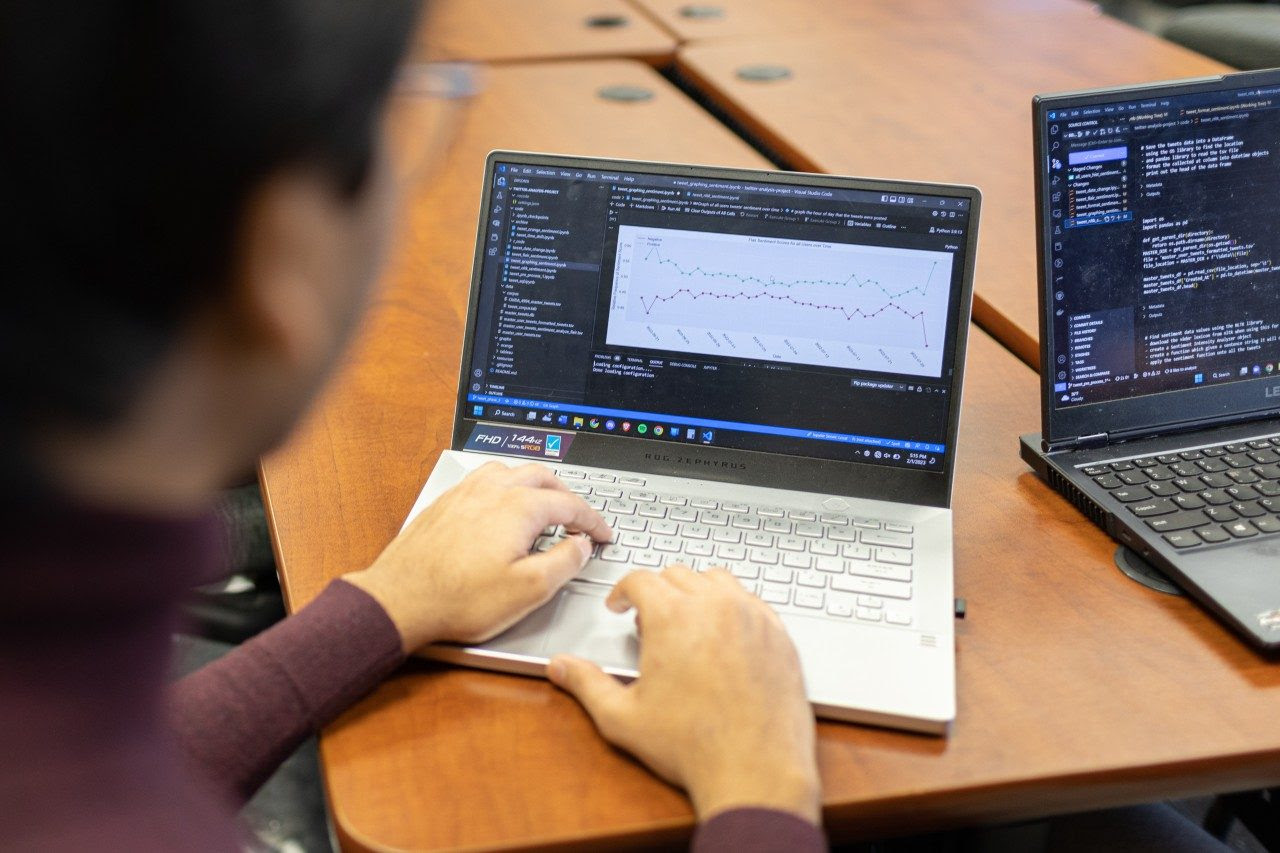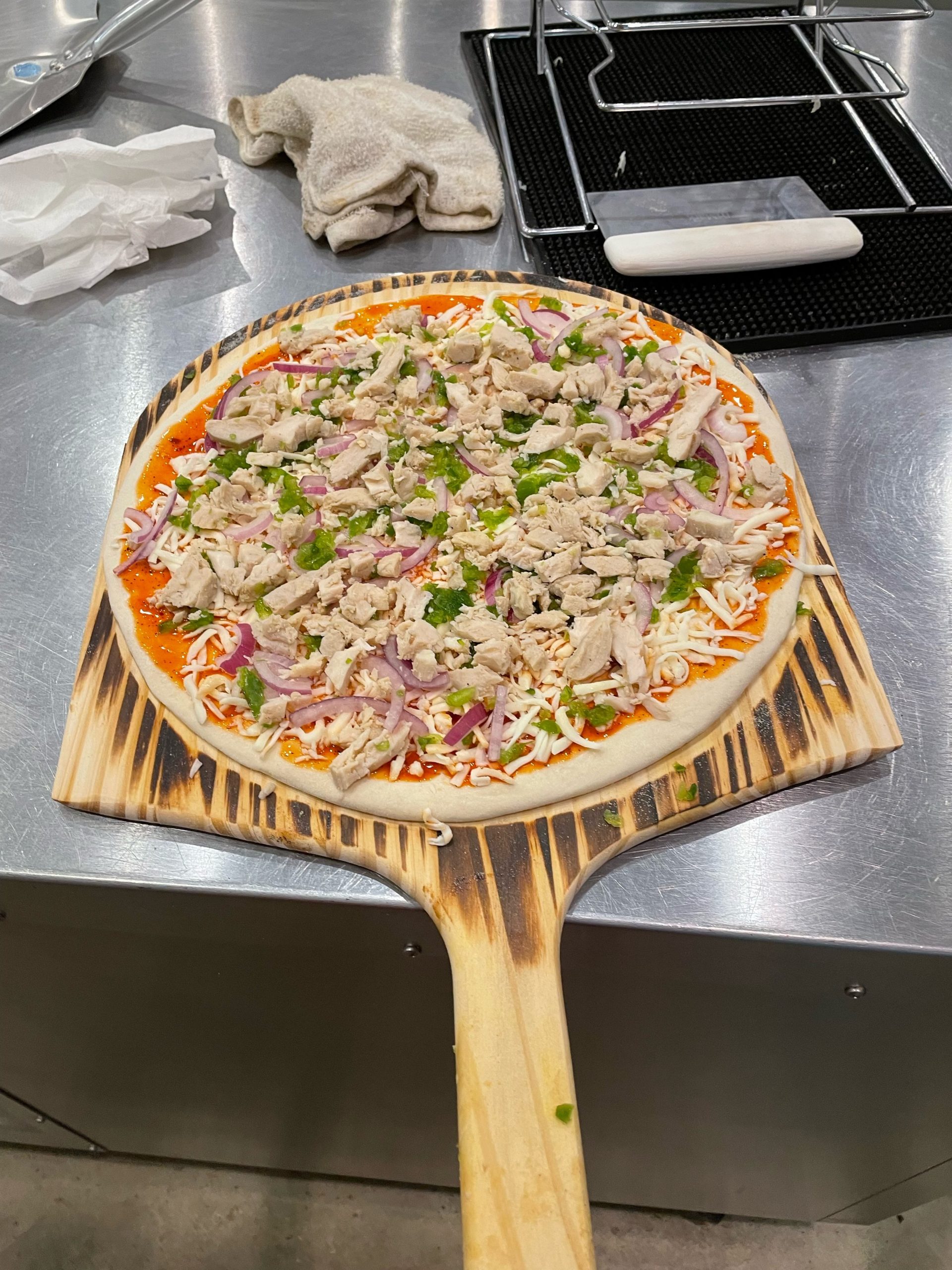
Not every tweet is sweet.
According to recent studies, 75 percent of adults claimed to have witnessed cyberbullying, while another 40 percent said they’ve had to experience it firsthand. Furthermore, online harassment can have a devastating impact on children, as many report suffering from mental illness and depression as a result of it.
A small team of researchers within University Libraries at Virginia Tech is looking into possible ways to combat this harmful social media trend.
Chreston Miller, data and informatics consultant at University Libraries, along with computer science major Deep Datta and computational modeling and data analytics major Ishana Garuda are conducting research to find out if there are any patterns that can indicate when cyberbullying surfaces the most on Twitter.
“Nowadays, cyberbullying is an issue, and it’s so easy to do because people hide behind a screen so no one can see them face-to-face. People feel more freedom to say what they want. If we want to help combat cyberbullying, we need to conduct research that can help us predict when it’s going to happen,” Miller said.
The team has strict criteria in place to ensure that the accounts that it analyzes will provide valuable samples. In order for a Twitter account to qualify for the data pool, it has to have tweeted a minimum of 1,000 times, been active for at least one year, and have 100 followers or more.
“We have to be very careful about how we choose the tweets, because we want to make sure that these are people that tweet often enough that we could get a good profile over time,” Miller said.
After gathering the sample pool, the research team files the tweets into programs that have intelligent software capable of classifying them into three categories: negative, positive, or neutral.
From there, the researchers dive deeper into the tweets to seek behavioral patterns.
“We want to see if circadian rhythm sleep affects what we call civility levels in a person and see if that can considerably affect how a person thinks and acts, and if that becomes a factor with how we can identify cyberbullying within social media platforms such as Twitter,” Datta said.
The researchers believe that if they can identify indicators that predict when online harassment is most likely to occur, then the findings have the potential to make a positive impact on social media outlets such as Twitter.
“A big impact from this research could be gaining a better understanding of how people are talking on these platforms and seeing how much of this information being consumed is toxic, civil, uncivil, and bullying. If we find that a significant portion of this cyberspace is uncivil, we can conclude that there’s a problem going on, and then solutions can be made once the problem is identified,” Miller said.
This research project was designed to expand over the course of two semesters, fall 2022 and spring 2023. Once the research is complete, the team will have analyzed millions of tweets to ensure that the data set was large enough to reach a conclusion.
The impact of this project stretches beyond the scope of social media. Datta and Garuda both have goals of entering a profession involving data analysis and research. This experiential learning aspect of the project has given them a glimpse into what their futures may look like.
“Getting real-life research experience, especially as an undergraduate, is very important,” said Datta. “Doing this research allows me to gain certain skills necessary to increase my critical thinking, and maybe in the future use it to conduct my own research and pursue even more projects that can potentially have a positive impact on the problems that we face in this world.”
“Since I am a data scientist and all of my classes are focused around that subject, this project helps apply all that I am learning in class and is helping me get ahead of the curve,” said Garuda. “This experience is helping to improve my soft and hard technical skills.”
Ann Brown for Virginia Tech

